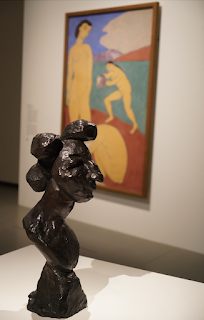Diptyque de Flavius - Anastasius Probus - Constantinople - MUSÉE BNF Richelieu PARIS

Diptyque de Flavius - Anastasius Probus - Constantinople - MUSÉE BNF Richelieu PARIS Crédits photo : Gérard Pocquet https://ainsiparlaitlart.blogspot.com Diptyque de Flavius Anastasius Probus Constantinople (Empire byzantin, Turquie actuelle), 517 Inscriptions en latin Ivoire d'éléphant autrefois orné d'incrustations, traces de peinture rouge Dpt Monnaies, médailles et antiques Inv.55.296bis Prov.: trésor de Saint-Étienne de Bourges; saisie révolutionnaire en 1797 Anastasius, petit-neveu de l'empereur Anastase (491-518), donne le signal du début des jeux célébrant son élection illustrés dans la partie inférieure: après les processions venaient deux jours de courses de chevaux, une journée de combats contre les fauves, puis deux jours de représentations théâtrales. https://www.bnf.fr/fr/richelieu La Cour d' Honneur MUSÉE BNF Richelieu PARIS Crédits photo : Gérard Pocquet https://ainsiparlaitlart.blogspot.com MUSÉE BNF Richelieu PARIS https://ainsiparlaitlart.blogspot.com





